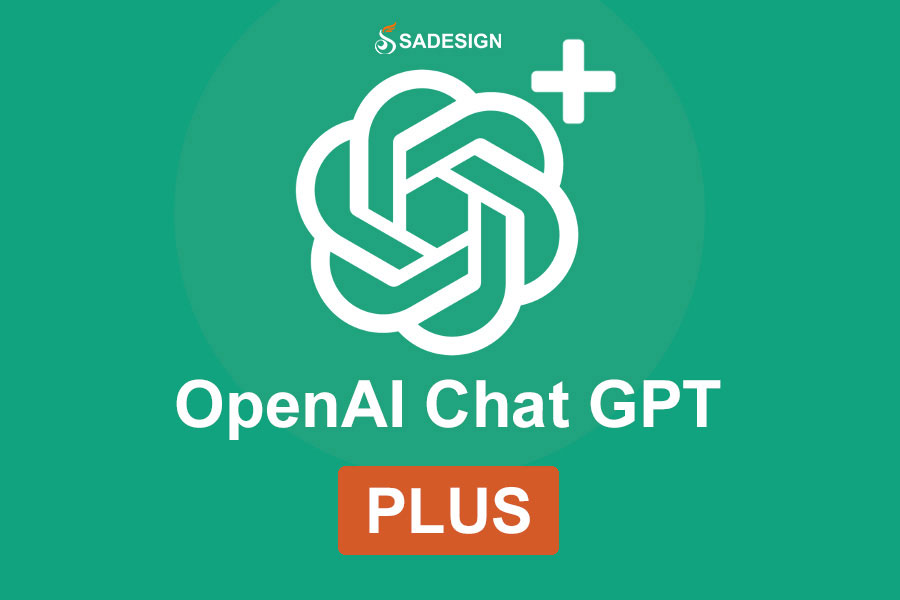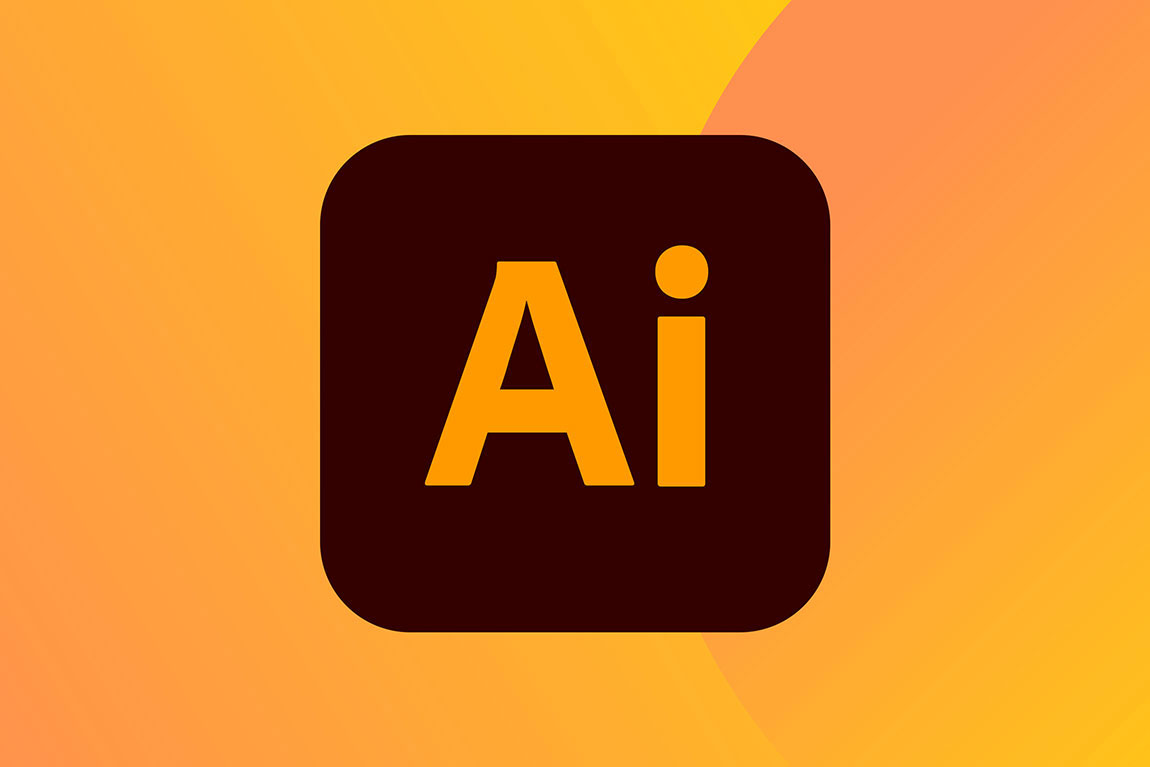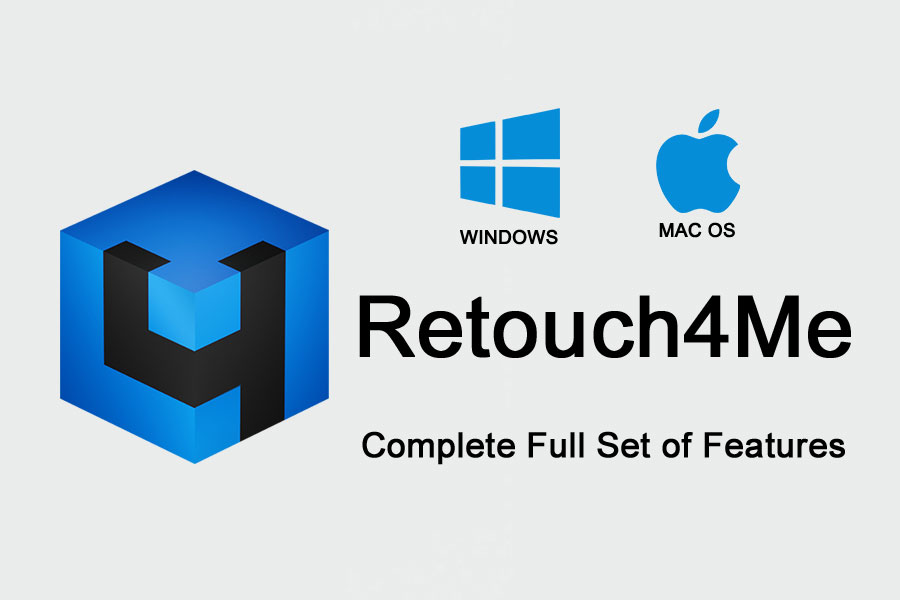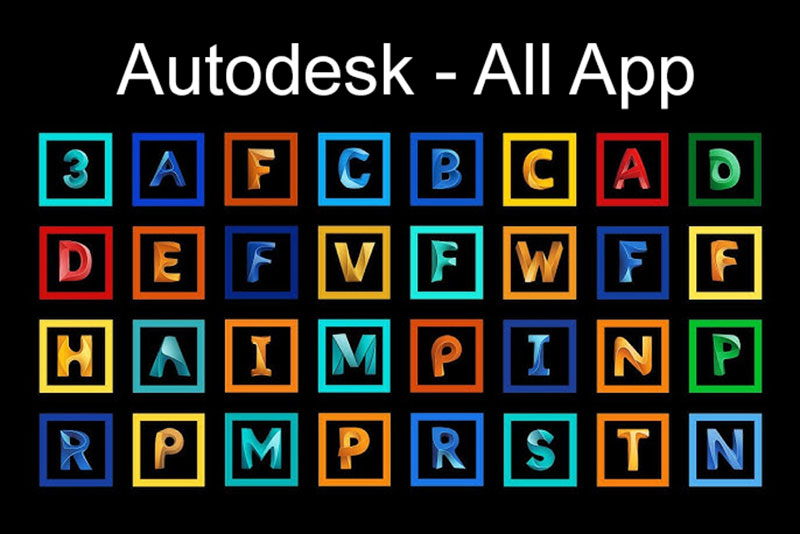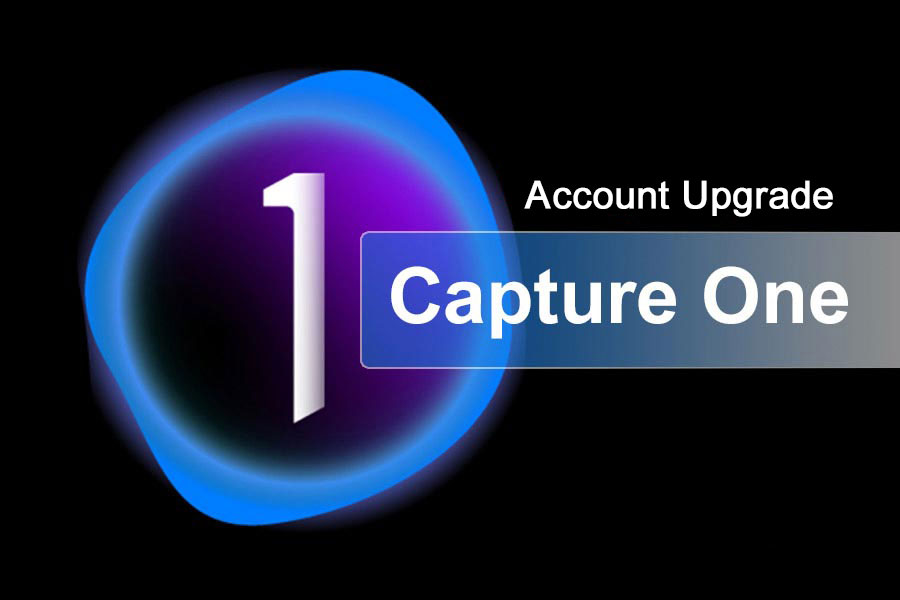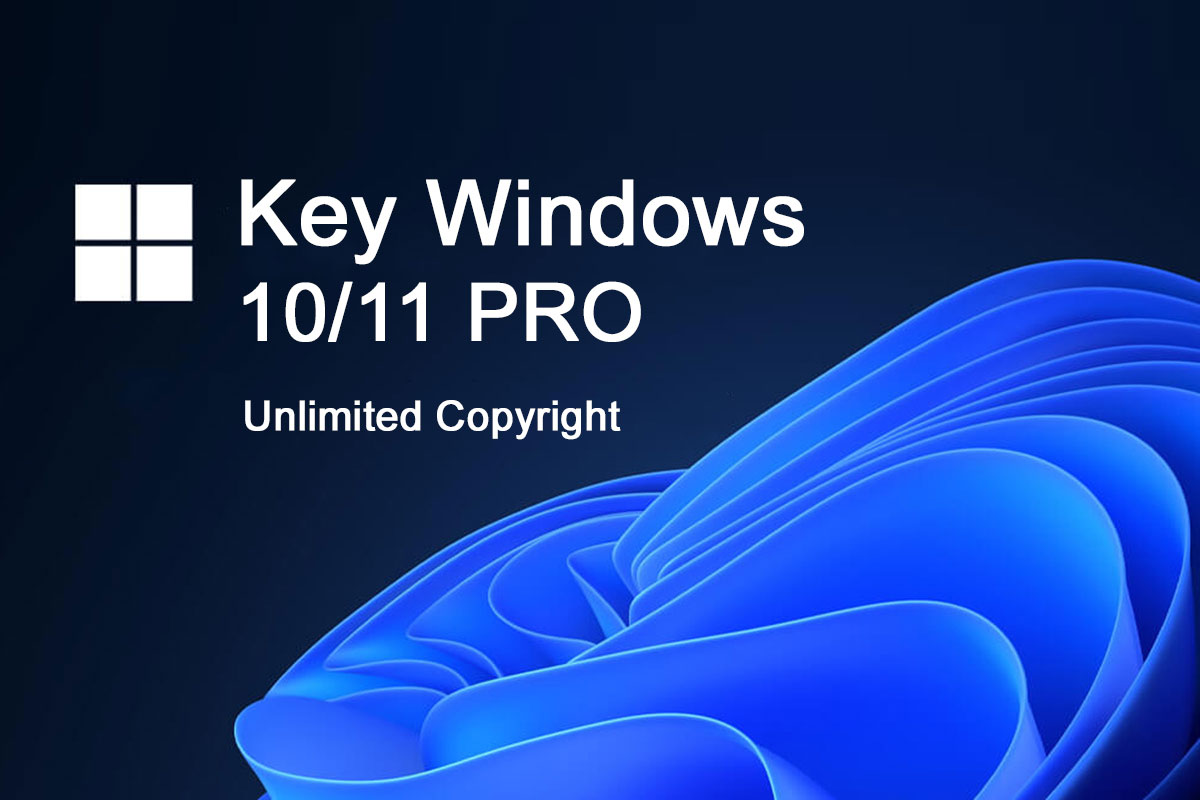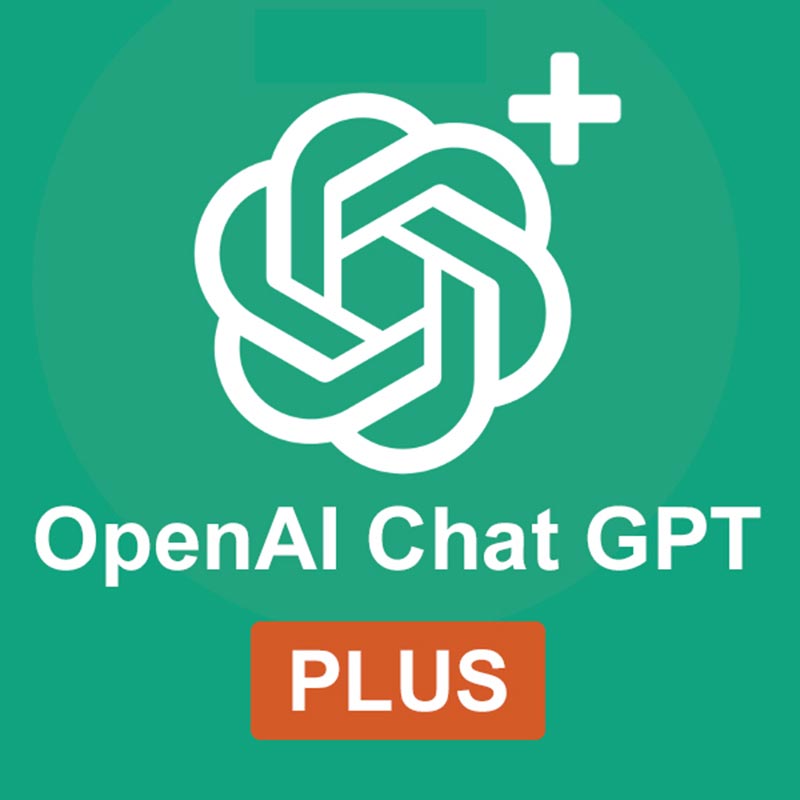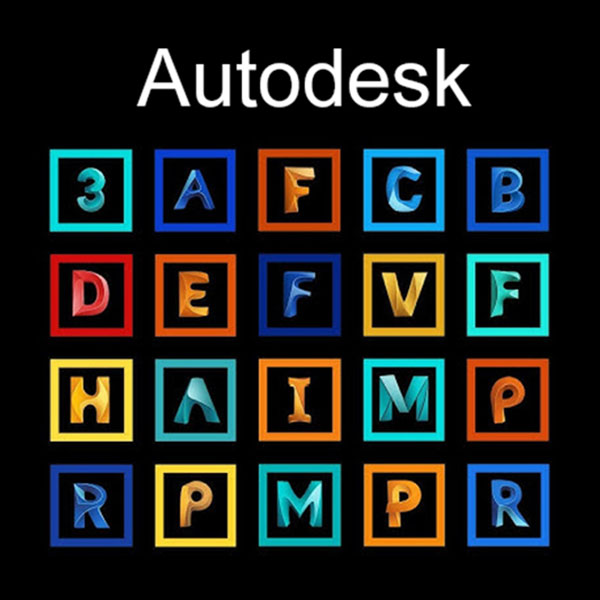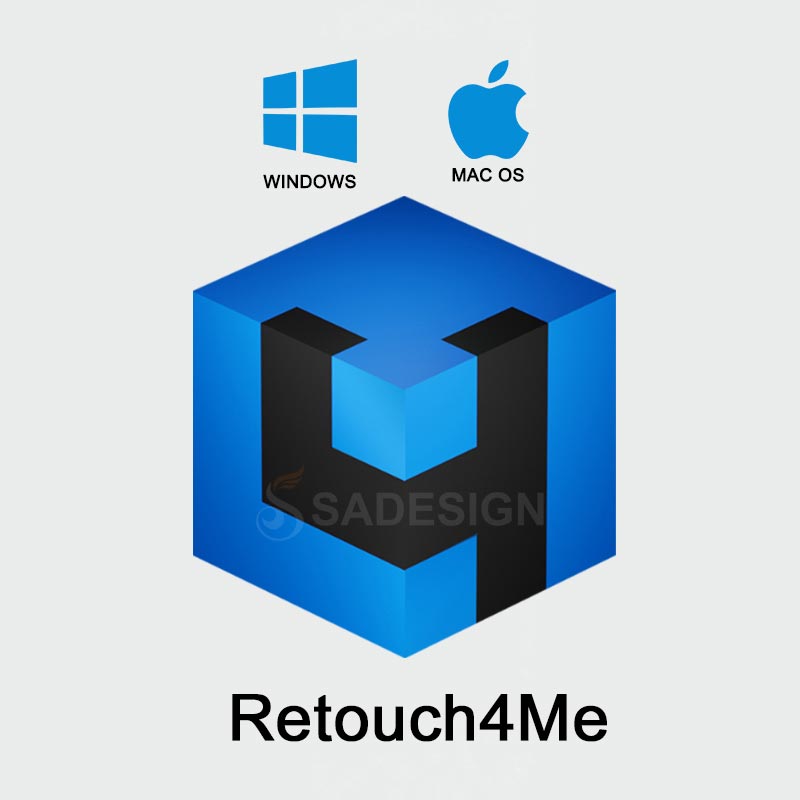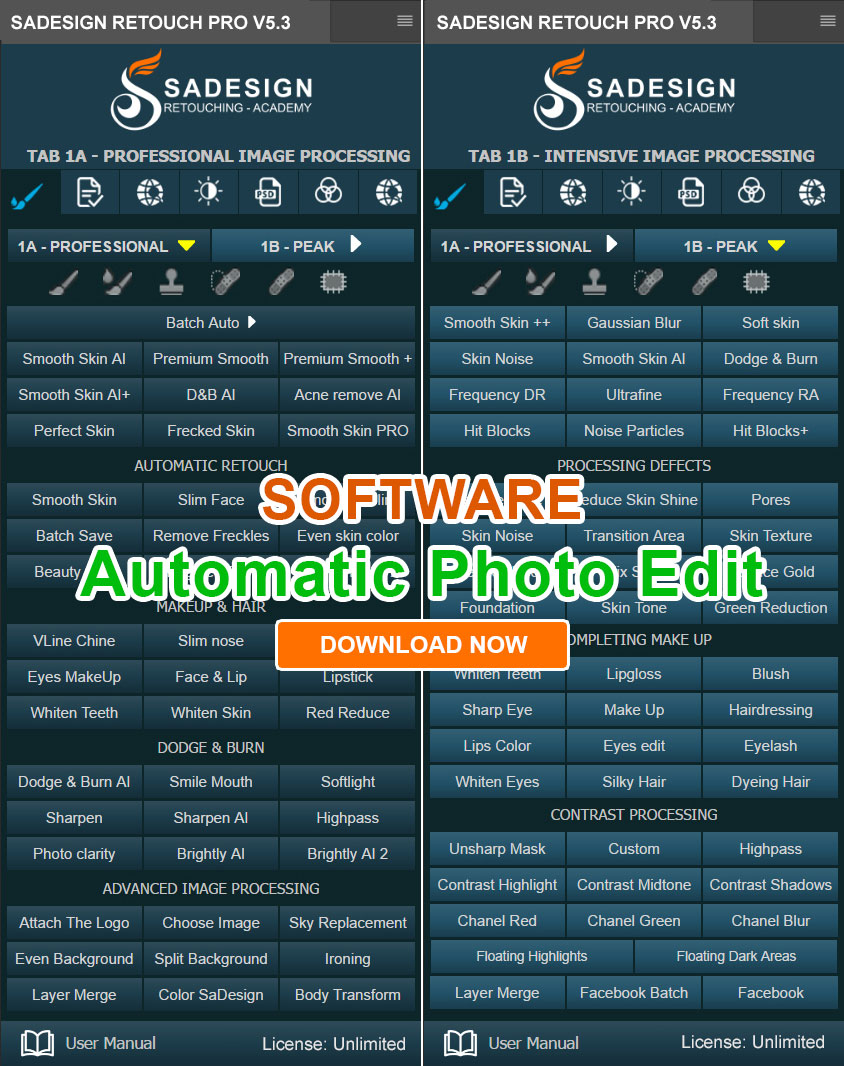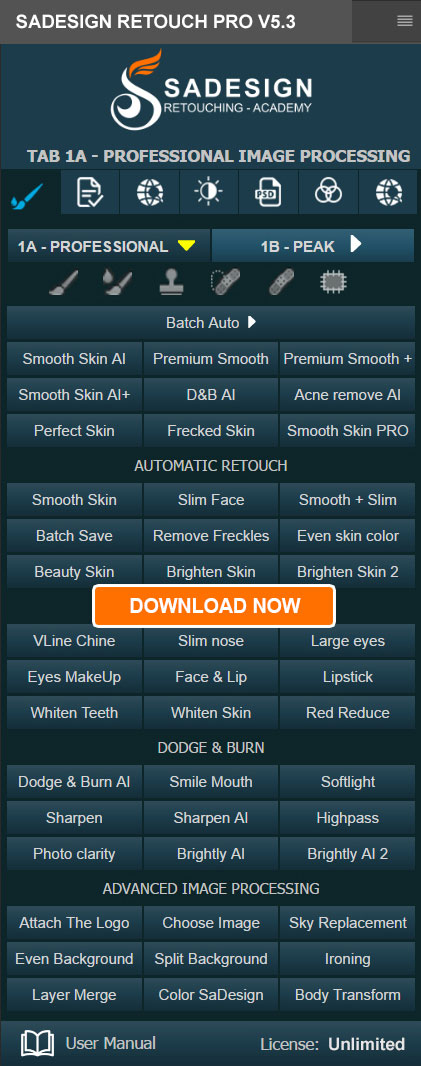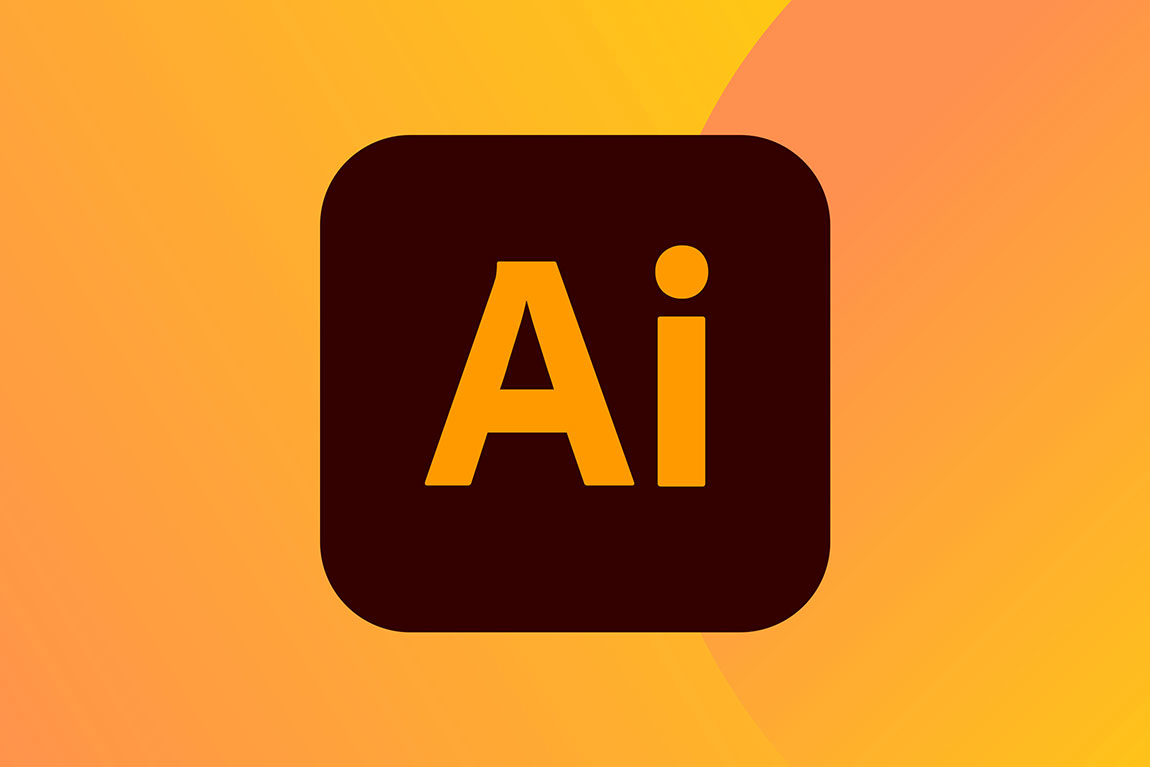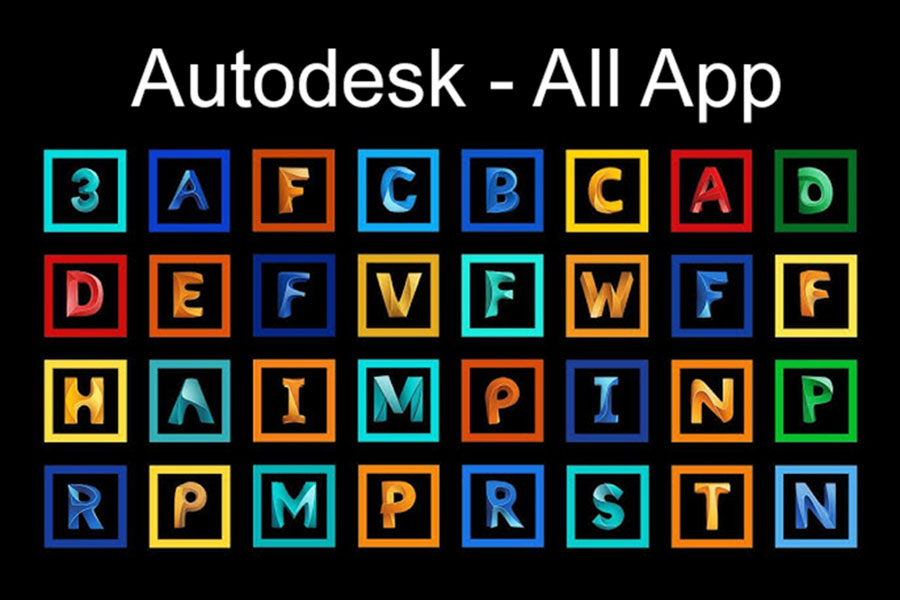Best Selling Products
How is GPT-5 different from GPT-4 and previous versions? Detailed comparison
Nội dung
GPT-5 is not just an upgrade of GPT-4, but a huge step forward that brings artificial intelligence closer to being able to act as a general intelligence. With its multimedia processing capabilities, huge context windows, advanced reasoning, personalized memory, and the ability to perform tasks autonomously, GPT-5 has far surpassed what previous models have achieved.

Today, artificial intelligence has dramatically changed the way people work, learn, and create content. From basic natural language processing models that could only predict the next word, AI has evolved into giant systems that can write articles, analyze data, program, assist in medical care, design, and even engage in creative activities. The emergence of GPT-5, the latest model in the GPT (Generative Pre-trained Transformer) family, has marked an important milestone, not only in terms of technology but also in how people interact with machines.
If GPT-3 once shocked the world when it proved that AI could write text as naturally as humans, GPT-4 continued to raise the bar with its multimodal capabilities and better reasoning. But GPT-5 is considered a leap forward, far beyond the expectations of many experts. So what makes the difference between GPT-5 and previous versions? Where did this evolutionary journey begin and what do the improvements of GPT-5 mean for life, work and the future of AI? This article will analyze in detail the development of GPT-5, point out the key differences, outstanding upgrades of GPT-5, as well as how this model is reshaping the game in the field of artificial intelligence.
1. Journey to GPT-5
To understand the value of GPT-5, it is necessary to look back at the development journey of previous versions. GPT-1, released in 2018, was small with only 117 million parameters, but was the first evidence that the "learn first, then fine-tune" method could bring amazing results. GPT-2, released in 2019, increased the scale to 1.5 billion parameters and began to attract attention for its ability to write coherent paragraphs that were even indistinguishable from humans. GPT-3, released in 2020, became a global phenomenon with 175 billion parameters, paving the way for a series of AI applications such as marketing content writing, programming, translation and natural conversation.

Then came GPT-3.5 and GPT-4, each version improving its ability to understand context, reducing errors, and bringing AI closer to becoming a truly intelligent assistant. GPT-4, with its multimodal processing (text and images), demonstrated that AI can not only read and write but also “see”, opening up huge potential in education, design, and scientific research.
GPT-5, introduced as its successor, has inherited all the power of its predecessors and added revolutionary technologies. GPT-5 goes beyond language processing to understand and think at multiple levels, expands the context window, supports more input media, and brings AI closer to the ability to automate complex tasks.
2. Main differences between GPT-5 and previous versions
Compared to GPT-3 or GPT-4, GPT-5 is considered an “intelligent companion” instead of just a supporting tool. The biggest differences of GPT-5 include advanced inference capabilities, long-term memory, personalized user experience, and especially expanding the context window to millions of tokens.
While GPT-3 was primarily good at generating coherent text, GPT-4 added the ability to analyze images, and GPT-5 goes further by understanding video, audio, and other multimedia signals. This means that instead of just communicating with text or images, users can communicate with GPT-5 in richer forms, such as giving a short video and asking for a detailed analysis.
Additionally, while previous models sometimes suffered from repetition, misinformation, or a lack of long-term historical memory, GPT-5 has been improved to be more sustainable, keeping the conversation going for months and even “remembering” each user’s personal preferences.
3. Notable upgrades

3.1. Multimedia
One of the key advances in GPT-5 is its ability to handle multimedia. GPT-4 introduced image analysis, but GPT-5 expands that by understanding audio, video, and complex data. Users can now feed AI a short clip to ask for a summary, an audio file to caption or analyze sentiment, or even a set of image data to draw trends.
This transforms GPT-5 from a language-only model into a truly comprehensive system that can serve a wide range of domains, from multimedia, to online education, to scientific research.
3.2. Expanded context window
The context window is one of the factors that determines the quality of AI conversations. GPT-3 has a limited context window (about a few thousand tokens), GPT-4 improved it to hundreds of thousands of tokens, but GPT-5 increased this number to millions of tokens. This means that GPT-5 can “remember” and process a book of thousands of pages in just one conversation session, without losing track.
This extension not only helps GPT-5 analyze long and complex documents, but also allows users to deploy large-scale research projects without having to split the data.
3.3. Integrated thinking and advanced reasoning
A major drawback of previous models was their limited reasoning ability, which sometimes led to illogical or incomplete answers. GPT-5 overcomes this weakness by incorporating a multi-step thinking mechanism. Instead of giving an immediate result, GPT-5 can simulate the reasoning process, analyzing each aspect and considering many possibilities before answering.
This ability makes GPT-5 more suitable for fields that require high accuracy, such as forensics, medicine, data science, or academic research. It can not only provide information but also explain why it gave a certain result.

3.4. Personalized memory
One of the most anticipated upgrades for users is long-term memory and personalization. Previously, versions of GPT could only remember the content of a single chat session. GPT-5 changes that by being able to retain information about a user over time, including writing style, interests, goals, and even previous interactions.
This makes GPT-5 a true “personal assistant” that can understand each user’s individual context. For example, a designer could train GPT-5 to remember their brand guidelines, and the AI would automatically adapt content to fit that style next time.
3.5. Execute automatic tasks
GPT-5 can do more than just provide answers; it can also proactively perform tasks. Users can assign specific tasks to AI, such as generating periodic reports, managing emails, analyzing data, or even writing code and deploying a small application. With the ability to integrate APIs and external tools, GPT-5 becomes a semi-automated system, significantly reducing the time and effort spent on repetitive tasks.

4. Performance and accuracy
In terms of performance, GPT-5 is considered to be superior to previous versions. Standardized tests of language, mathematics, and reasoning show that GPT-5 scores close to or even exceeds human scores in many areas.
The accuracy of the information provided is also improved thanks to the verification mechanism and the ability to cite reliable sources. GPT-5 can better distinguish between real data and speculation, reducing the “illusion” that was often seen in previous models. This makes GPT-5 a more reliable tool in environments that require rigor, such as academia and business.
5. GPT-5 versions
Like GPT-4, GPT-5 will be released in different versions ( called Nano, Mini, Thinking ) to suit the needs of use. The lightweight versions, optimized for speed and cost, will be suitable for mainstream applications, while the full version with multimedia capabilities and expandable memory will serve businesses, research institutes and individuals with high requirements.
In addition, GPT-5 can also be integrated into many platforms such as ChatGPT, API for developers or combined with other products such as office tools, design software, online education systems.
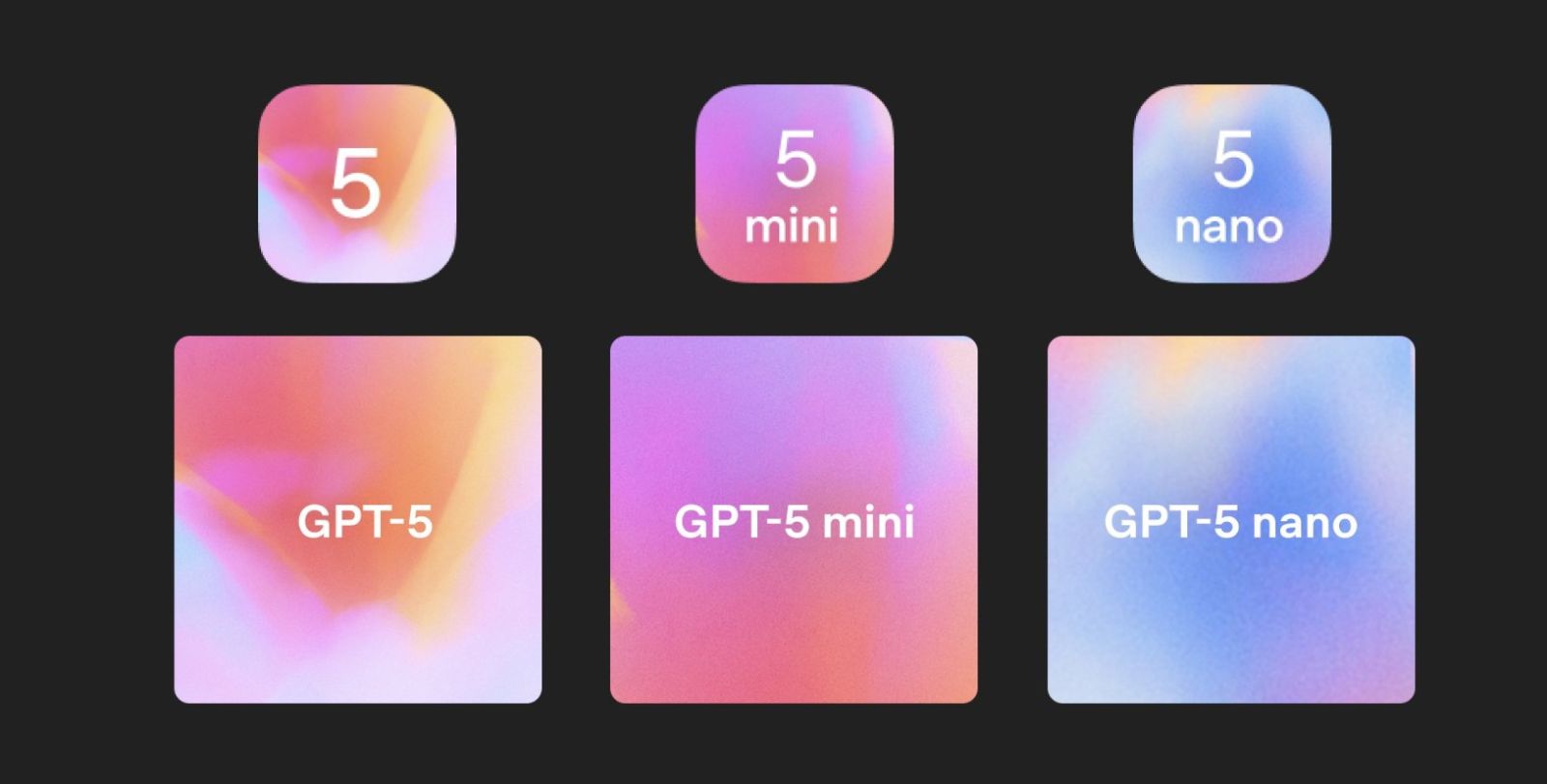
6. Notes when using ChatGPT-5
While GPT-5 offers impressive capabilities, users should still keep a few important points in mind. First, AI does not completely replace humans in creative thinking or ethical decision-making. Second, personal data needs to be carefully managed when using personalized memory to avoid security risks. Third, GPT-5 can reduce but not eliminate errors, so information verification is still a mandatory step.
Users should also use GPT-5 as a support tool, rather than relying on it entirely. The key is knowing how to ask the right questions, using AI in the right context, and combining it with critical thinking to get the best results.
GPT-5 is not just an upgrade of GPT-4, but a huge step forward that brings artificial intelligence closer to being able to act as a general intelligence. With its multimedia processing capabilities, huge context windows, advanced reasoning, personalized memory, and the ability to perform tasks autonomously, GPT-5 has far surpassed what previous models have achieved.
From the humble journey of GPT-1 to the global explosion of GPT-3, to the groundbreaking improvements of GPT-4, now GPT-5 continues to write the story of the future of AI. It not only changes the way we work and learn, but also reshapes the way humans and machines coexist and collaborate. In the era of artificial intelligence, GPT-5 is the clearest proof that technology is constantly evolving and opening up new horizons.

